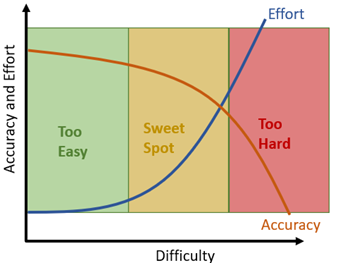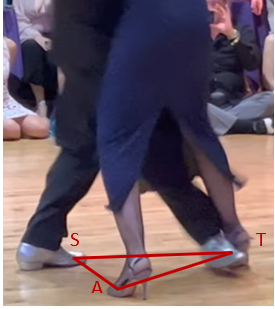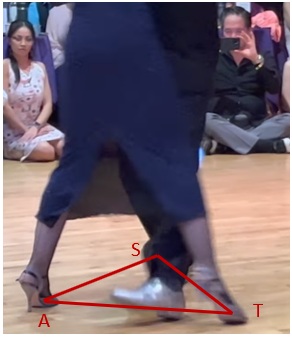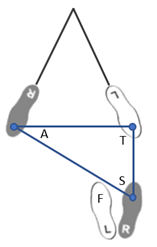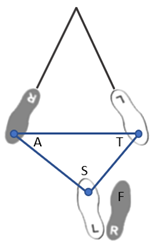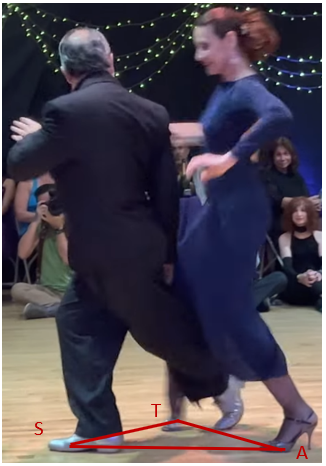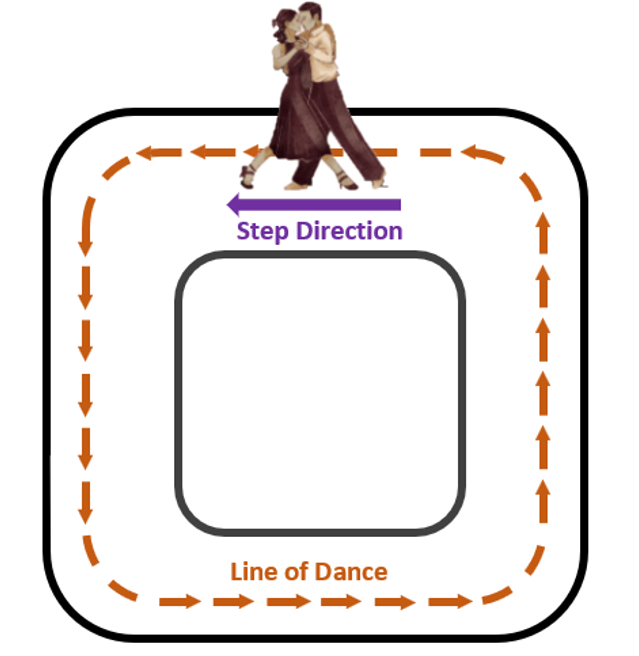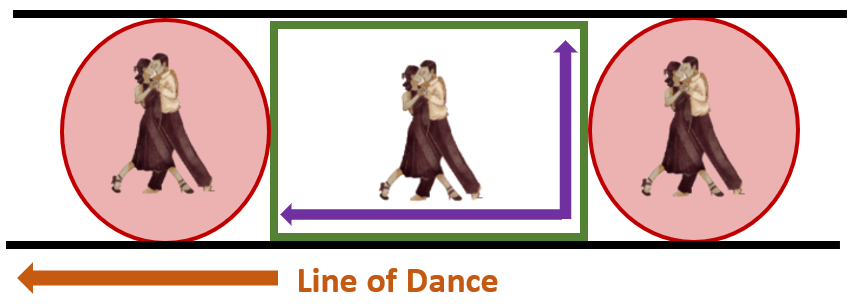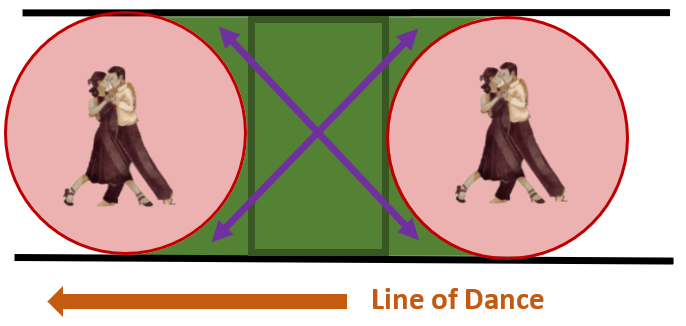Why do some movements work much better on one side than the other? Why is the ocho cortado a “beginner” move on the closed side but an “advanced” move on the open side? Same goes with the cross. Turning one direction is often easier than the other. Perhaps most interesting of all is that the leader’s back step to the closed side is literally the first step most tango dancers learn (step one of the basic), but the back step to the open side is challenging even for professional tango dancers to pull off.
Eventually we want to know why moves work better in one direction than the other, if for no other reason than to have a better answer than “Well, that is just the way it is.” The simplest explanation is to blame differences in the embrace. Having one open side and one closed side creates an asymmetry in the embrace, which makes some moves easier in one direction than the other. Unfortunately, when we empirically test this hypothesis by using a symmetrical practice embrace (where we hold each other’s elbows) we find that the asymmetries persist.
Accepting that some moves are harder to lead on one side than the other even in a symmetric practice embrace, we jump to the next logical solution…blame our follower. It must be all the hours of other dancers leading the same cross that has spoiled their ability to understand my perfect lead to the other side. Tango moves must be like the side of the road you drive on. Maybe in England they all cross on the closed side? I heard that in Sweden followers used to cross right in front of left until one day in 1967 where the whole country switched to left in front of right. Joking aside, blaming a lack of familiarity is simply not the answer to explain the persistent asymmetries between one side and the other. For one, in a partnership where you can discuss what movements you are practicing and have ample time to get familiar with different movements, it remains that many movements feel better on one side than the other. But then what is the culprit?
Here is the answer I have come to, which has opened up movements I previously could not lead. Hopefully it is helpful for you too. The asymmetry between sides comes not just from the embrace, but from the offset of the head, spine, and feet. When we dance, our heads are offset to the left of our partner’s. This offset in the head causes our spines to be offset as well, which in turn results in our feet being staggered. While some dancers may set up toe to toe, most take a position where our left foot is outside of our partner’s feet and our right foot is between their feet. It is this staggered foot position that makes moves work better on one side.

Unlike which hand is around our partner’s back, which is a set aesthetic of the dance, the staggered foot position is something we can control. We talk about being ‘inside partner,’ but there are actually two inside partner positions: the default where our right foot is between our partner’s feet, and a shifted inside position where our left foot is between our partner’s feet. This means there are four foot relations: (1) outside partner to the left, (2) default inside partner, (3) shifted inside partner, and (4) outside partner to the right.

As a follower, from the default position, it feels uncomfortable to step forward with our right leg (on the open side) because we have to step between our partner’s feet. Stepping forward with the left foot (on the closed side) is not a problem because of the staggered position. The common solution to lead our partner to step forward on the open side is to shift to outside partner so that there is a free path to step forward. But knowing there are two inside positions gives us another possibility. The shifted inside partner position suddenly makes the follower’s forward step on the open side feel more natural.
The staggered position means the follower is naturally ahead when turning clockwise while the leader is naturally ahead when turning counterclockwise. Some turns work better when the leader is ahead, while other turns works better when the leader drafts behind the follower. Thus, some turns are easier in one direction than the other. Same goes for many other movements such as sacadas, ganchos, and colgadas. One solution is to only do the move in one direction. The other (hopefully preferred) solution is to control both staggered positions so that the movements work on both sides. When a move feels like it only works on one side, first check the foot position and spine position before blaming the embrace or blaming your partner. There are two inside positions, and the non-default option opens the possibility for new movements. Having control of these small details facilitates moves that feel challenging otherwise.

